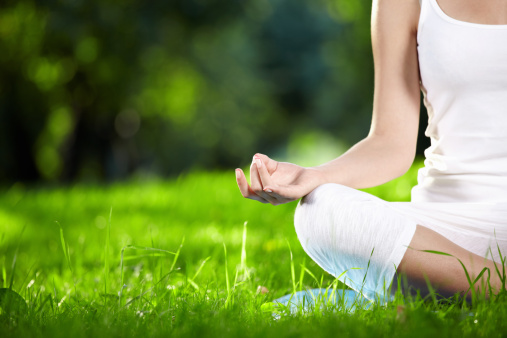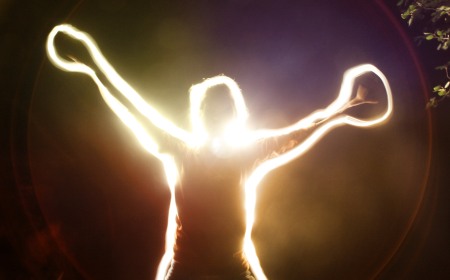Meditation is a natural process of:
a. Experiencing more settled and refined aspects of your mind and body.
b. Tuning into your spirituality.
c. Discovering you own unique essential nature and operating from that place.
This post will deal mainly with the first part of meditation – settling down the mind and body.
Because meditation is natural there have developed hundreds of different orientations to meditation – each with different goals. These can be thought of in two ways:
Defined or Traditional Paths:
Almost all spiritual traditions, religions and teachers give instructions on how to meditate. These involve specific rules which often include specific: mantras, prayers, postures, instructors, fees, ceremony and gatherings. This can be likened to train tracks which can take you from one point A to point B.
Independant or the Pathless Path.
The flip side to all these actions and rules is the acknowledgment that you already have all the spirituality you would ever want or need already within you – that there is nothing needed to ‘do’.
Your spirituality is constantly there and being presented to you. All you have to do is welcome it.
Welcoming IT involves welcoming everything else too, like the thousands of thoughts, emotions, feelings, and vibrations that are passing though us daily.
Meditation therefore becomes a ‘ letting go’ of trying to do anything and just witnessing the ‘show’.
Instead of train tracks taking you to a specific destination, you have an off road vehicle that can take you anywhere in the world OR you may decide you like it right where you are already.
These two orientations are not mutually exclusive – you can do both, even at the same time. I have enjoyed several different ‘train rides’ and I also like being on my own.
The nice thing about a train is that there can be a lot of people on it at the same time and you can benefit from that social support and warmth. I was trained and certified to give train rides and spent many fulfilling years doing so.
Starting to Meditate:
Whichever orientation you take, it is very useful to calm down the mind and body. The easiest method to do this, available to everyone, is though the breath.
1. Just putting your attention on the breath, will naturally allow the breath to slow down.
When your breath slows down, your mind will follow.
2. When you have done this for a minute or so, you can then direct your attention to that point at the junction points between in breaths and out breaths.
At those junction points you are technically not breathing at all. Your body is very still and your mind will be still also.
3. Once you have done this for some time and feel very comfortable with it, then you can expand that stillness by pausing – just for a moment or two – after the in breath. You are not holding your breath in an uncomfortable way but just enjoying the pause. When you first start this, it may be just for half second but it may naturally expand to a second or more.
Just stay with this for as long as you wish, welcome everything that comes up and let it pass through you.
What You May Experience:
a. When you first sit down to meditate, your mind and attention is mostly on the gross physical.
You will feel the weight of your body on the chair or cushion, the flow of air in your nose and lungs.
b. As you body settles down you will become aware of more subtle aspects of the body and mind. The in breath thus becomes energy instead of air and often there will be many other energies within your body. Thoughts may be more dominant.
c. As you settle even deeper, you may become aware of the most subtle aspects of the body which first presents itself as spaciousness. . You may have trouble distinguishing where your body ends and the outside begins. Time seems to stand still and there is a lack of boundaries and problems. Instead there is a silent joy and peace.
d. A deeper experience is of a witnessing aspect, a presence as consciousness becomes aware of itself.
No matter what the experience, the main idea is to be open to it but also to let it go. Do not try to recreate any particular experience.
Suggestions for a Better Experience:
These are NOT necessary but will help.
- Sit upright comfortably, if possible with your legs crossed. (if you are lying down you may fall asleep)
- Touch your middle finger to your thumb, as in the first picture above. This is not a symbolic gesture but simply a way to keep subtle energies generated by the meditation in your body, rather than leaking out of your fingers.
- Eyes closed.
For more Information
About Breathing: check out this article, Deep Breathing Exercises to Transform Your Life
We also teach these techniques on our life changing 2-5-30 Healthy Diet and Detox



